19+ SAMPLE Outbreak Investigation Report
-
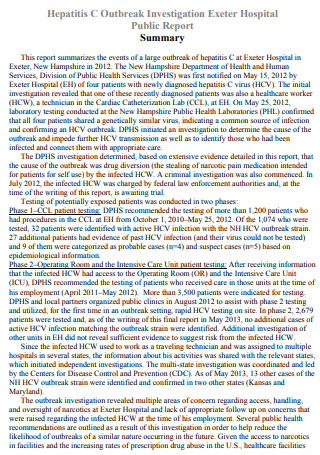
Hepatitis Outbreak Investigation Report
download now -
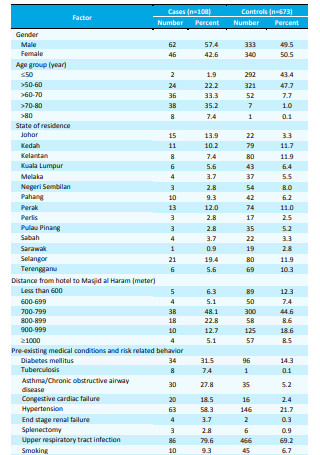
Outbreak Surveillance Investigation Report
download now -

Outbreak Investigation Report
download now -
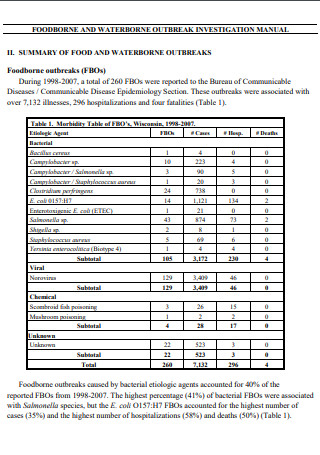
Waterborne Disease Outbreak Investigation Report
download now -
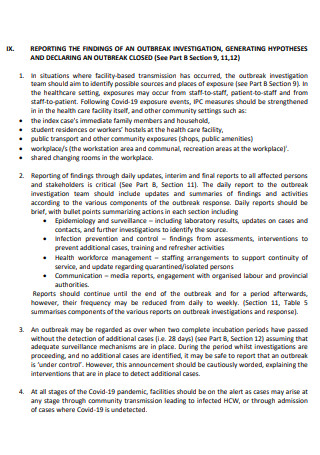
Covid 19 Outbreak Investigation Report
download now -
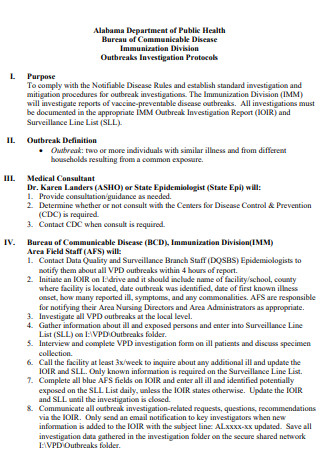
Immunization Division Outbreak Investigation Report
download now -
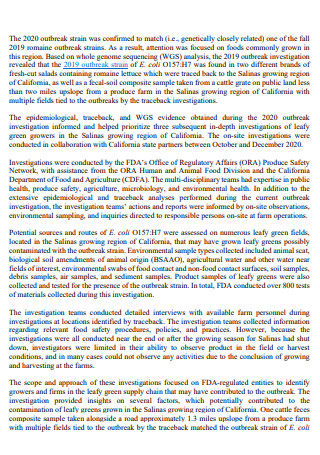
On-farm Outbreak Investigation Report
download now -
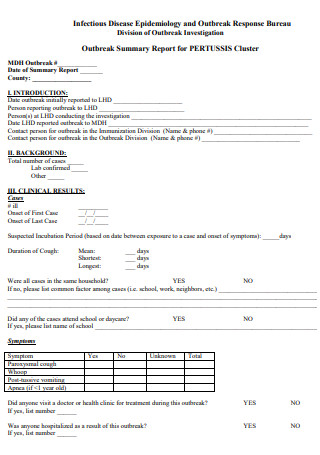
Outbreak Summary Investigation Report
download now -
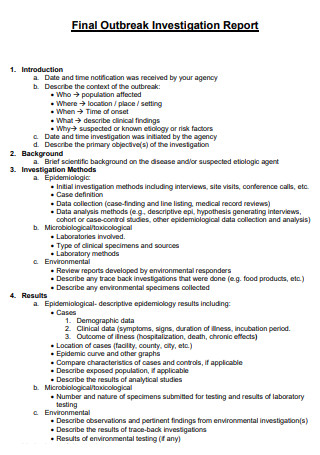
Final Outbreak Investigation Report
download now -
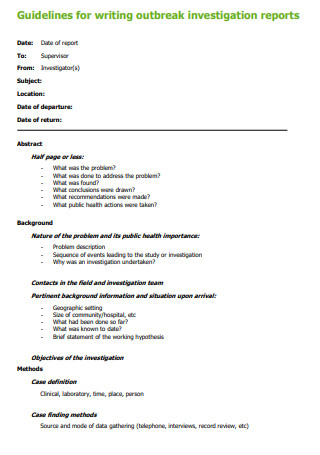
Simple Outbreak Investigation Report
download now -
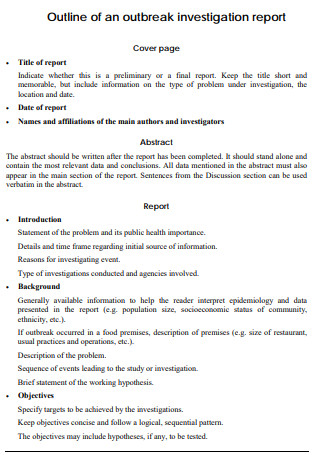
Outbreak Investigation Report Outline
download now -
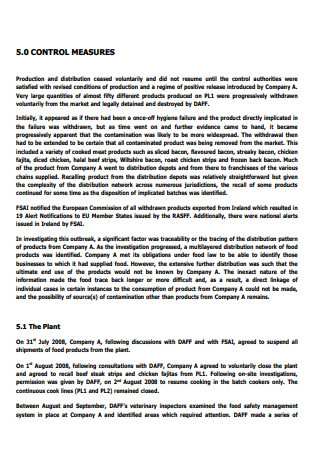
International Outbreak Investigation Report
download now -
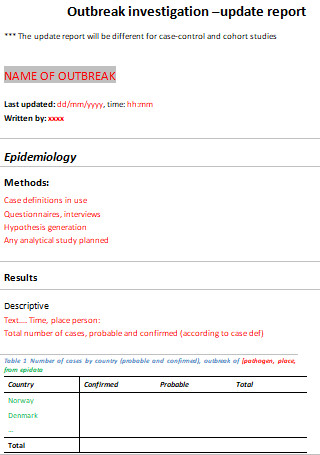
Outbreak Investigation Update Report
download now -
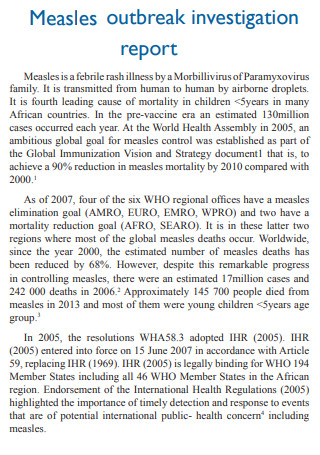
Measles Outbreak Investigation Report
download now -
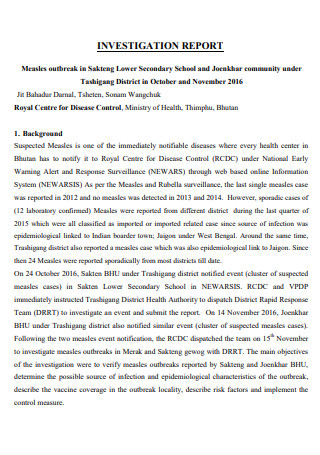
Measles Outbreak Investigation Final Report
download now -
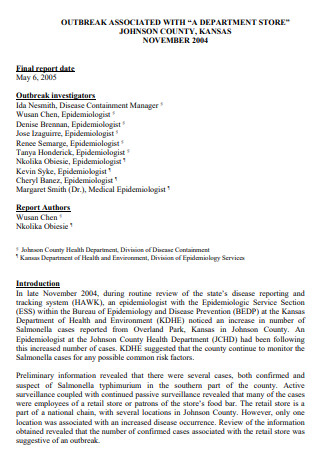
Sample Outbreak Investigation Final Report
download now -

Epidemiology Outbreak Investigation Report
download now -

Foodborne Outbreak Investigation Report
download now -
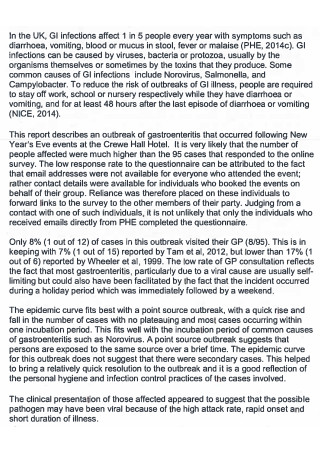
Gastrointestinal Outbreak Investigation Report
download now -
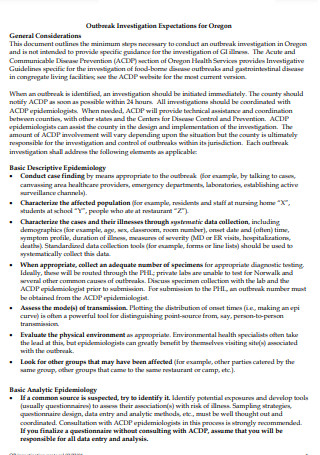
Outbreak Investigation Report Example
download now
FREE Outbreak Investigation Report s to Download
19+ SAMPLE Outbreak Investigation Report
What Is an Outbreak Investigation Report?
Types of Outbreaks
The Structure of an Outbreak Investigation Report
The Process of an Outbreak Investigation
FAQs
What are the basic components of an outbreak investigation?
How do you confirm the existence of an outbreak?
What is the importance of outbreak investigations?
What Is an Outbreak Investigation Report?
An outbreak investigation report is a document that combines an outbreak report and an investigation report. By definition, an outbreak report is a record that describes the events of the outbreak after its completion. It summarizes the beginning of the situation and detection, the processes of conducting investigations, identified and observed control interventions, and details on descriptive epidemiology and outcomes. It is also a beneficial tool for conducting risk analysis to identify emerging hazards and open possibilities for investigation and intervention techniques. Outbreak investigation reports rangers from 2000 to 2500 words, excluding appendices, abstracts, tables, references, and additional documents. It is necessary to conduct this report to support future investigations and prevent insurmountable outbreaks.
From the live tally coming from the Statista website regarding the Coronavirus (COVID-19) pandemic, as of October 1, 2021, the total number of COVID-19 cases worldwide already reached monstrous levels at an estimate of 234,608,477 individuals. Numbers continue to rise because of various strains from different countries. However, a vast majority of the population already has protection from the virus through continuous vaccinations. With the general population getting vaccines, it can help lessen the spread to more people.
Types of Outbreaks
Outbreaks are often categorized based on the manner they spread through different populations. There are various classifications for them, including common-source that splits into sub-categories: point, continuous, and intermittent. There are also propagated, mixed, and other categories. Below are the types of outbreaks together with their definitions.
The Structure of an Outbreak Investigation Report
The composition of an outbreak investigation report shares similarities with other investigation reports. The article presents the components of an outbreak investigation report with their corresponding descriptions to guarantee that the document you have contains all the essential details.
The Process of an Outbreak Investigation
There are necessary steps that individuals take to guarantee their reports possess accurate and factual results when it comes to an investigation surrounding the health and safety of the public. Below is a guide that helps individuals process outbreak investigations.
Step 1: Verify Diagnosis and Confirm the Outbreak
The first step into outbreak investigation is to verify the diagnosis and confirm the outbreak officially exists. Gather relevant and factual information that relates to the origin of the pandemic. Identify associated symptoms that lead to contracting the disease from initial findings from exposed individuals. As much as possible, investigators must travel to the point of origin where the outbreak started.
Step 2: Define the Case and Conduct Case Findings
The case description with the exclusion criteria can be straightforward or complex, depending on the serotype or causative agent of the outbreak. In many outbreak investigations, multiple case descriptions exist depending on the data files present after initial diagnosis. The data results follow a comprehensive analysis through different case descriptions. However, if the number of cases available does not contain limiting factors and is a controlled study that examines risk factors, there must be a strict case definition to increase specificity and reduce misclassifications.
Step 3: Tabulate and Orient the Information
To pinpoint the who, how, and when of the outbreak, it is beneficial to produce visual representations to readers. It must show demographics about the age, gender, and location of each patient. By plotting significant cases on a map, you can determine the origin of the outbreak. Once the investigators discover the cause of the pandemic, they can now classify the type and make the necessary countermeasures to lessen and prevent its spread.
Step 4: Formulate and Test the Hypothesis
The source and route of exposure explain the occurrence of the outbreak. While the accurate source of the spread comes from a short list of possibilities, there is still a need to investigate and formulate a hypothesis. A review of epidemiological, microbiological, and veterinary data is useful to learn about known and suspected sources of the previous outbreak with similarities to the current one. In testing the hypothesis, considerations about the analytic epidemiologic study must always be possible. Considering various case study methods is necessary to get the most accurate results for the investigation.
Step 5: Implement and Evaluate Control Measures
When it comes to the prevention of illnesses, there are different measures investigators must consider. Control measures include transmission prevention by medical practitioners, patient isolation, proper disposal of waste, isolation of possible and suspected individuals, mass vaccination, and herd immunity.
Step 6: Communicate Finding to the General Public
Once the entire process undergoes verification and completion, all associated findings to the pandemic must be available to the public. Initially, the results must first be presented to medical professionals and practitioners, then to government officials to transmit the necessary information to the population. The final step ensures the society receives factual and accurate data from experts to prevent or lessen the transmission of disease.
FAQs
What are the basic components of an outbreak investigation?
According to the Centers for Disease Control and Prevention, the essentials of an outbreak investigation consists of establishing case definitions, confirming cases are real, establishing the background rate of disease, defining the scope of the outbreak, examining epidemiologic features, generating and testing hypothesis, collecting and testing environmental samples, performing control measures, and informing the public.
How do you confirm the existence of an outbreak?
One of the ways health officials determine the occurrence of outbreaks is through public health surveillance. The process is through routinely gathering reports of illnesses to identify the types of disease and the location where it will emerge. If the infection happens within a large population surpassing the estimated number, it is a cluster. If the people in a cluster manifest similarities in contracting the illness, it is an outbreak.
What is the importance of outbreak investigations?
The principal purpose of an outbreak investigation is to determine the cause of an outbreak. Knowing the origin of the disease aids in controlling and preventing the spread of the illness. Utilizing lessons from these investigations helps generate useful recommendations to restrict similar outbreaks in the future. Without the presence of an outbreak investigation, it becomes impossible to find the cause of a pandemic.
Outbreak investigation reports help the public to understand the conditions of a pandemic. Without it, relayed knowledge about diseases and illnesses can stem from false information to discourage individuals from making the right decisions to prevention and safety. To protect the people around us, it pays to get factual and accurate data backed up by experts to control the spread of the outbreak. From the article above, outbreak investigation report samples are available for use and download. Use them to inform future generations to limit the circumstances of pandemics.
